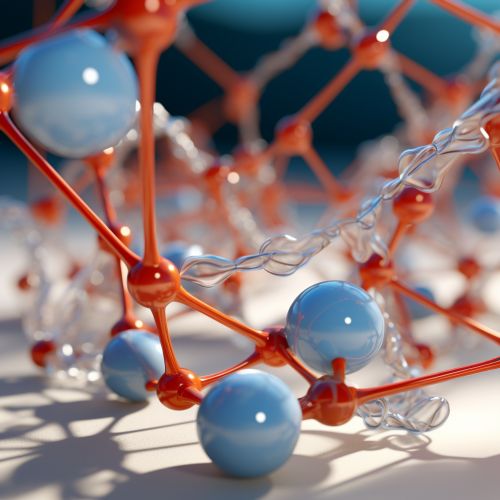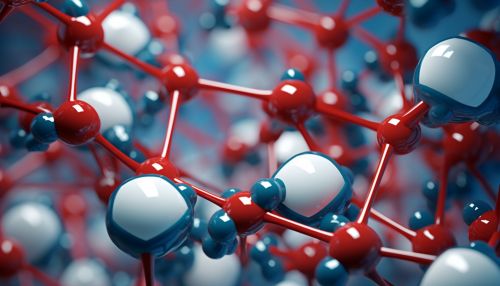Molecular Dynamics of Protein Folding in Extreme Environments
Introduction
Protein folding is a vital process in biological systems, where the linear sequence of amino acids in a protein molecule folds into a three-dimensional structure. This structure is essential for the protein's function. The process of protein folding is influenced by various environmental factors, including temperature, pressure, and the presence of other molecules. In extreme environments, such as high temperatures, high pressures, or high salinity, protein folding can be significantly affected. This article explores the molecular dynamics of protein folding in such extreme environments.
Protein Folding
Protein folding is the process by which a protein structure assumes its functional shape or conformation. It is the physical process by which a polypeptide folds into its characteristic and functional three-dimensional structure from a random coil. Each protein exists as an unfolded polypeptide or random coil when translated from a sequence of mRNA to a linear chain of amino acids. This polypeptide lacks any stable (long-lasting) three-dimensional structure (the left hand side of the first figure). As the polypeptide chain is being synthesized by a ribosome, the linear chain begins to fold into its three-dimensional structure.


Molecular Dynamics of Protein Folding
Molecular dynamics (MD) is a computer simulation method for studying the physical movements of atoms and molecules, and is thus a type of N-body simulation. The atoms and molecules are allowed to interact for a fixed period of time, giving a view of the dynamic evolution of the system. In the most common version, the trajectories of atoms and molecules are determined by numerically solving Newton's equations of motion for a system of interacting particles, where forces between the particles and their potential energies are calculated using interatomic potentials or molecular mechanics force fields.
In the context of protein folding, molecular dynamics simulations can provide detailed information on the pathways and rate constants of complex reactions, thus providing a link between the protein's structure, dynamics, and function.
Protein Folding in Extreme Environments
Proteins can exist in a wide range of environments, from the controlled conditions inside a living organism to the extreme conditions found in various natural and industrial settings. In extreme environments, such as high temperatures, high pressures, or high salinity, the normal process of protein folding can be significantly affected.
For example, at high temperatures, proteins are more likely to denature, or lose their three-dimensional structure, which can lead to a loss of function. Similarly, at high pressures, the physical forces acting on the protein molecule can alter its shape and disrupt its function. High salinity can also affect protein folding by altering the balance of forces that drive the folding process.
Molecular Dynamics Simulations of Protein Folding in Extreme Environments
Molecular dynamics simulations are a powerful tool for studying the effects of extreme environments on protein folding. By simulating the physical forces and interactions that drive protein folding, these simulations can provide detailed insights into how extreme conditions affect the folding process.
For example, simulations can reveal how high temperatures increase the kinetic energy of the protein molecules, leading to increased motion and a higher likelihood of denaturation. Similarly, simulations can show how high pressures increase the density of the surrounding medium, which can squeeze the protein molecule into a different shape. High salinity can also be modeled by including additional ions in the simulation, which can affect the electrostatic interactions that guide protein folding.
Conclusion
Understanding the molecular dynamics of protein folding in extreme environments is crucial for many areas of science and technology. For example, it can help in the design of proteins that can function in extreme conditions, such as enzymes used in industrial processes. It can also provide insights into how life can survive in extreme environments, such as deep-sea hydrothermal vents or the surface of Mars.
